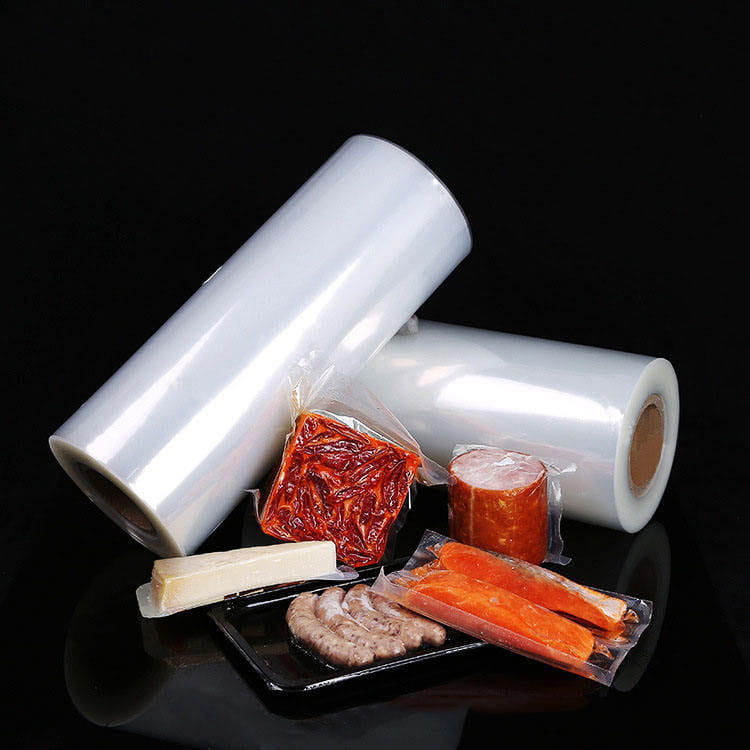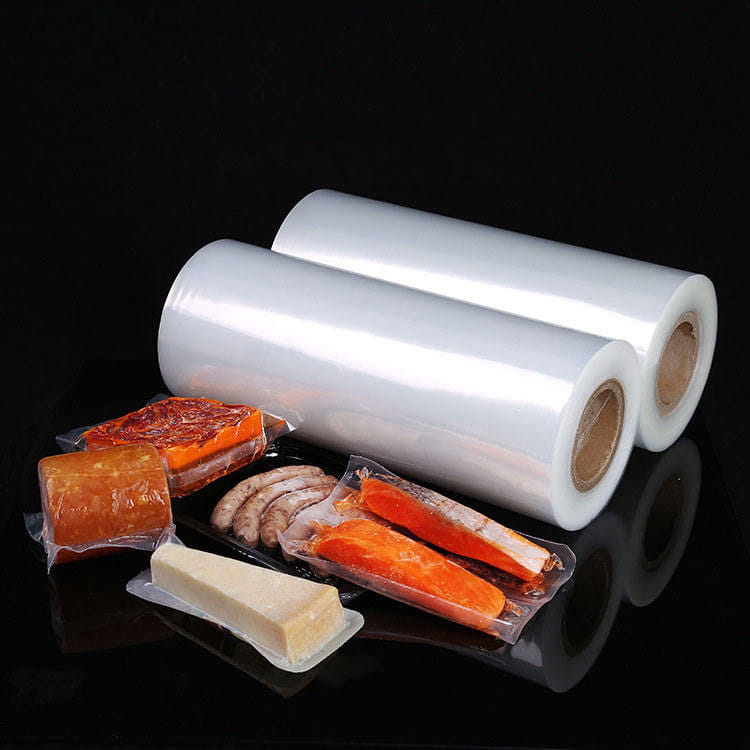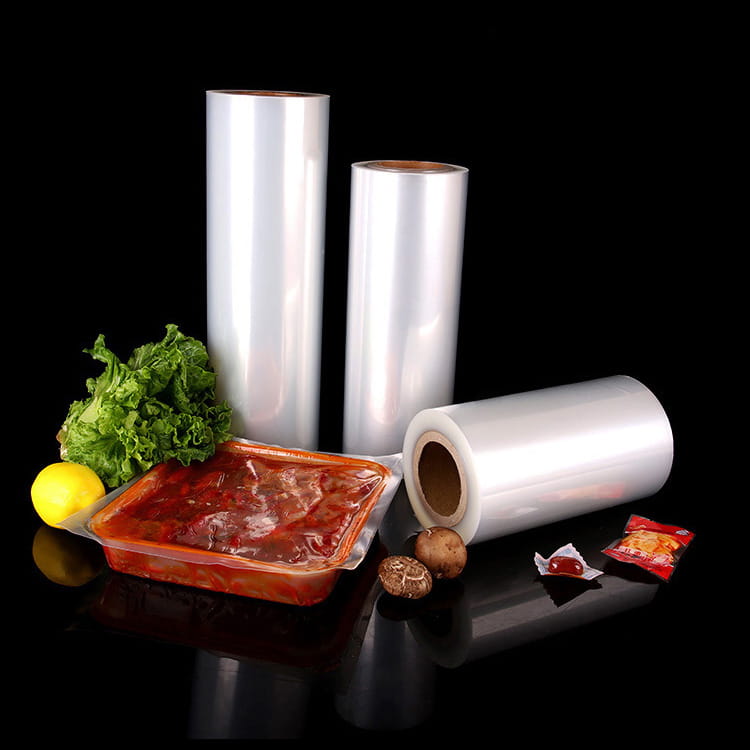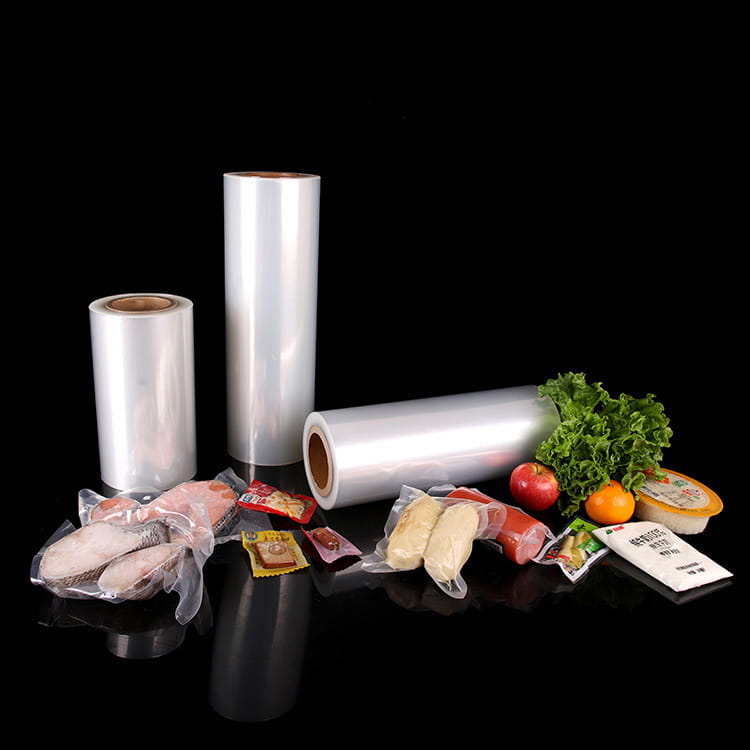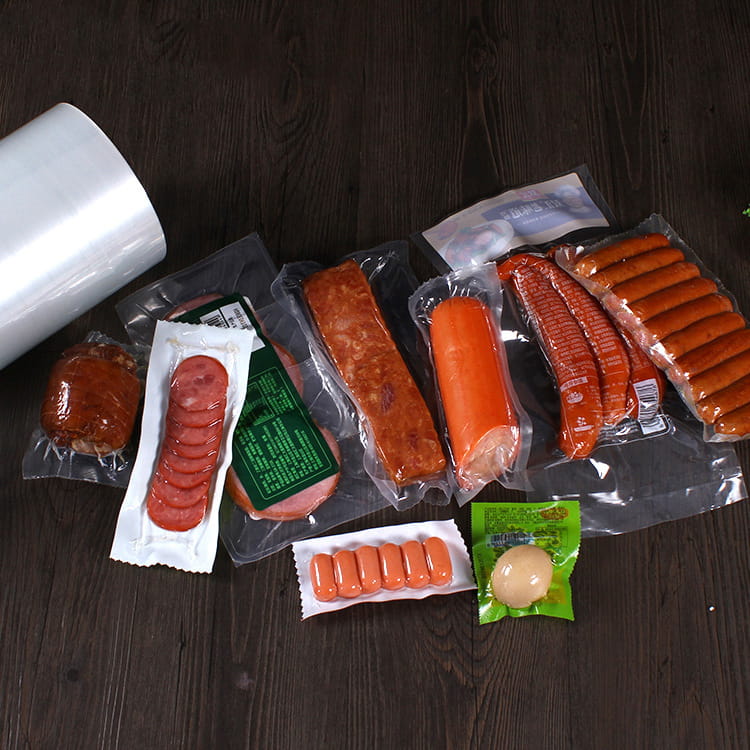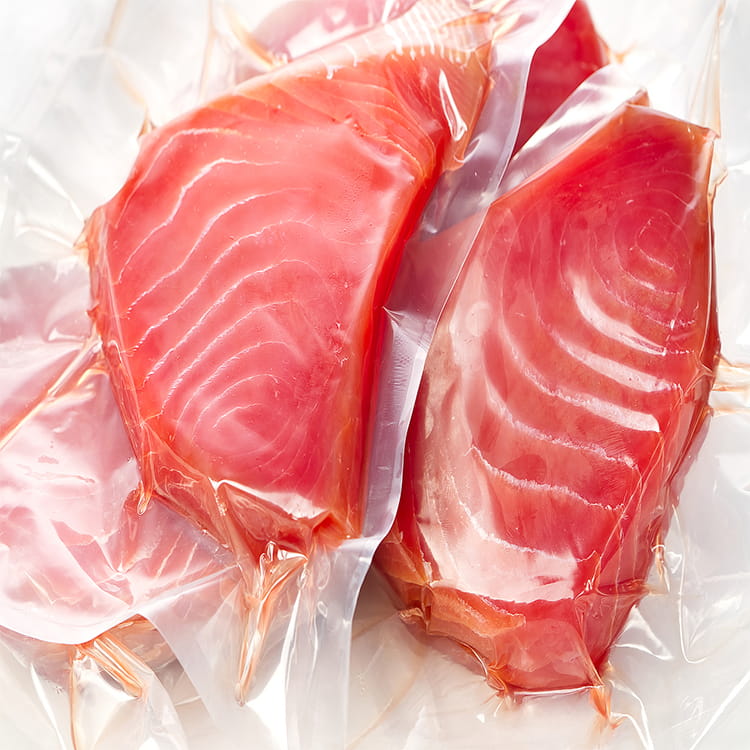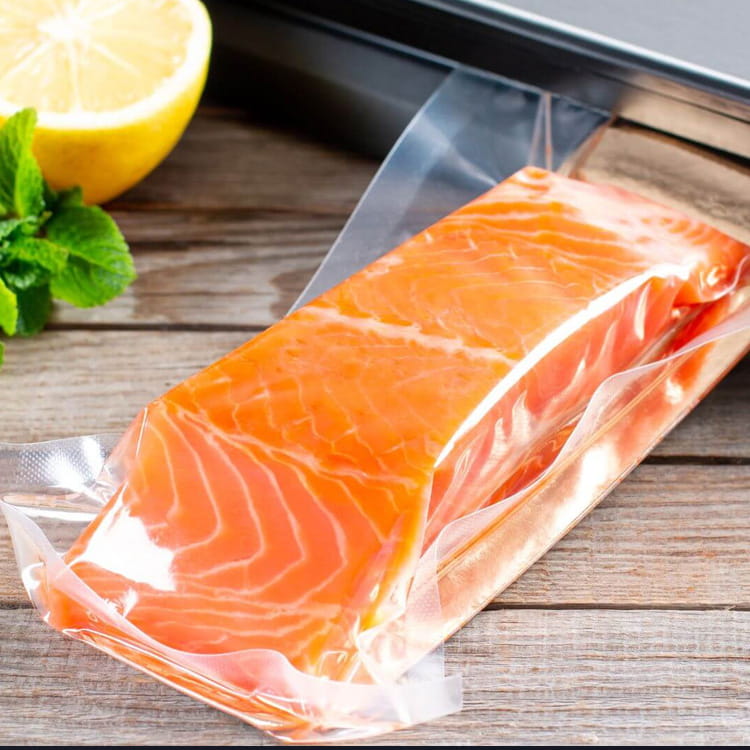The global milk tea market continues to experience remarkable growth, driven by evolving consumer tastes and a vibrant culture of on-the-go consumption. In this competitive landscape, the presentation and preservation of the product are paramount. While much attention is given to the cup, the straw, and the beverage itself, the sealing film is a critical yet often overlooked component. It serves as the primary barrier between the product and the external environment, directly influencing freshness, safety, and consumer experience. Among the various materials available, one has emerged as a superior solution: transparent evoh sealing film for milk tea cup lid.
The Fundamental Role of Sealing Films in Beverage Packaging
A sealing film is not merely a cover; it is an integral part of the packaging system engineered to perform multiple essential functions. Its primary role is to create a hermetic seal that prevents leakage during transit, a common concern with liquid-based products like milk tea, which often contain ice and are subject to movement. Beyond containment, the film must protect the beverage’s delicate composition. Milk tea is a complex mixture of tea extracts, dairy or non-dairy creamers, sugars, and tapioca pearls or other toppings. This composition is highly susceptible to degradation from oxygen exposure, which can lead to oxidation, loss of aromatic compounds, and spoilage. Furthermore, the film must maintain the beverage’s temperature, whether hot or cold, for a reasonable duration. It also acts as a hygienic barrier, shielding the product from dust, microorganisms, and potential contaminants during handling and delivery. Finally, in the age of social media, the visual appeal of the unopened product is crucial. A clean, transparent, and neatly applied film enhances the consumer’s first impression, signaling cleanliness and quality. The material chosen for this application must, therefore, balance exceptional barrier properties with mechanical strength, sealability, and clarity.
Introduction to EVOH: The Science Behind the Barrier
To understand why transparent evoh sealing film for milk tea cup lid is so effective, one must first understand the material at its core: Ethylene-Vinyl Alcohol copolymer, or EVOH. EVOH is a structured polymer renowned throughout the packaging industry for its exceptional gas barrier properties. It is produced through the hydrolysis of ethylene-vinyl acetate copolymer. The resulting molecular structure is what grants EVOH its remarkable capabilities. The ethylene segments of the polymer provide moisture resistance and thermal processability, while the vinyl alcohol segments are highly hydrophilic and create an extremely dense, organized molecular network. This dense structure presents a formidable obstacle to the permeation of gases like oxygen, carbon dioxide, and aromatic compounds.
It is this unparalleled resistance to oxygen transmission that makes EVOH a game-changer for sensitive products. When compared to common sealing film materials like polyethylene (PE) or polypropylene (PP), EVOH’s oxygen barrier is orders of magnitude superior. However, a pure EVOH film has a significant drawback: its alcohol segments are sensitive to moisture. When exposed to high humidity, the polymer can absorb water, which plasticizes the material and temporarily reduces its barrier properties. To overcome this limitation, EVOH is almost never used alone. It is strategically employed as a thin layer within a multi-layer co-extruded film structure. This intelligent design isolates the EVOH layer from direct contact with the moisture-rich beverage or the external environment, preserving its high barrier performance under a wide range of conditions. This multi-layer approach is the foundation of the modern transparent evoh sealing film for milk tea cup lid.
Key Advantages of Transparent EVOH Sealing Film for Milk Tea
The integration of an EVOH layer transforms a simple sealing film into a high-performance packaging component. The advantages it offers are directly aligned with the needs of milk tea producers and consumers alike.
Superior Freshness and Aroma Preservation is the most significant benefit. The exceptional oxygen barrier provided by the EVOH layer drastically slows down the oxidation process. This means the tea base retains its nuanced flavor profile for longer, preventing the stale or flat tastes that can develop from oxygen exposure. Similarly, the delicate aromas of the tea and any added flavorings are locked in, ensuring the consumer experiences the full sensory profile intended by the creator upon opening the lid. The film also prevents the absorption of external odors, ensuring the milk tea is not tainted by other smells during storage or transport.
Enhanced Product Safety and Extended Shelf Life are direct consequences of reduced oxidation. By minimizing oxygen ingress, the growth of aerobic microorganisms is inhibited. While the sealing film is not a substitute for proper hygiene and refrigeration where required, it contributes to a safer product by creating a less hospitable environment for spoilage organisms. This extension of shelf life provides practical benefits for inventory management and reduces potential food waste, offering economic advantages to the business.
Excellent Clarity and High-Gloss Finish cater to the visual demands of the market. The multi-layer film structure can be engineered to be exceptionally clear and transparent, providing an undistorted view of the beverage and its toppings. This visual appeal is vital for consumer attraction; a vibrant, layered milk tea with pearls or jelly is a key part of its marketing appeal. The high-gloss finish of the film adds a premium look and feel to the product, elevating the perceived quality and value.
Strong Seal Integrity and Leak Prevention are achieved through the design of the multi-layer film. While the EVOH core provides the barrier, the outer layers are typically made from polyolefins like polyethylene. These layers are chosen for their excellent heat-sealing characteristics. They bond reliably and strongly with the rim of the cup, typically made of PP or PS, creating a tamper-evident seal that is resistant to peeling or rupture under normal pressure. This robust seal is crucial for preventing leaks, which is a major pain point in takeaway beverage service.
Functional Versatility is another notable advantage. The transparent evoh sealing film for milk tea cup lid is engineered to perform across the temperature spectrum. It can withstand the heat applied during the sealing process for hot drinks without deforming or losing its barrier properties. Conversely, it remains flexible and crack-resistant when used for iced beverages, ensuring the seal remains intact even when the cup is condensation-covered and the film is subjected to cold temperatures.
Comparing Common Sealing Film Materials
The following table provides a simplified comparison of EVOH-based film with other common materials, illustrating its superior positioning for quality-sensitive applications like milk tea.
| Feature | EVOH Multi-layer Film | Polyethylene (PE) Film | Polypropylene (PP) Film |
|---|---|---|---|
| Oxygen Barrier | Exceptionally High | Low | Moderate |
| Aroma Barrier | Excellent | Poor | Fair |
| Clarity/Transparency | Excellent | Good (can be hazy) | Excellent |
| Moisture Barrier | Good (depends on structure) | Excellent | Excellent |
| Heat Seal Strength | Excellent | Very Good | Good |
| Flexibility at Low Temp | Good | Excellent | Poor (can be brittle) |
| Relative Cost | Higher | Lower | Moderate |
As the table demonstrates, while other films may excel in one or two areas, the transparent evoh sealing film for milk tea cup lid provides a balanced and superior performance profile, particularly in the critical areas of gas barrier and clarity.
Considerations for Selection and Application
Choosing the right transparent evoh sealing film for milk tea cup lid involves several technical considerations. The first is the thickness and specific structure of the film. Films are available with different numbers of layers and varying thicknesses for the EVOH core. A thicker EVOH layer offers a higher barrier but may increase cost. The specific requirements for the product’s intended shelf life will dictate the necessary barrier level.
The compatibility with the cup material is non-negotiable. The sealing layer of the film must be matched to the plastic used in the cup’s rim—typically polypropylene (PP) or polystyrene (PS). The heat-sealing parameters, including temperature, pressure, and dwell time on the sealing machine, must be calibrated to ensure a perfect, wrinkle-free bond without burning the film or deforming the cup. An improper seal will compromise the entire barrier system.
Finally, while the benefits are clear, there is a cost implication. The advanced material and multi-layer co-extrusion process make transparent evoh sealing film more expensive than simpler, single-layer alternatives. However, this cost must be evaluated against the value it protects: reducing spoilage rates, enhancing brand reputation through consistent quality, and justifying a premium price point for a superior product experience. For a high-quality milk tea brand, it is an investment in product integrity.
The Future of Sealing Technology and Sustainability
The evolution of packaging materials is continuous, and sealing films are no exception. Future developments are likely to focus on enhancing sustainability without compromising performance. This could involve creating thinner gauge films that use less material while maintaining barrier properties through advanced engineering, or exploring the use of recycled content in the non-barrier layers of the film structure. Furthermore, research into bio-based alternatives for the raw materials used in EVOH production is ongoing, which could reduce the carbon footprint of the film. The end-of-life scenario is also a consideration; while the multi-layer nature of the film makes recycling challenging in conventional streams, advancements in chemical recycling technologies may provide future pathways for material recovery. The core principle remains: the primary function of preventing food waste through superior preservation is in itself a significant sustainability benefit.
In the intricate ecosystem of milk tea packaging, every component plays a vital role. The sealing film, often the simplest-looking part, is in fact a sophisticated piece of functional material science. The adoption of transparent evoh sealing film for milk tea cup lid represents a commitment to quality, safety, and consumer satisfaction. Its unparalleled ability to preserve the freshness, aroma, and taste of the beverage while providing a secure, leak-resistant seal and a premium aesthetic makes it the definitive choice for brands that prioritize the integrity of their product from the preparation counter to the consumer’s hand. As the industry moves forward, this material will continue to be the standard against which other options are measured, proving that true value often lies in the barriers you cannot see.


 English
English عربى
عربى



